Tuesday Obituary: Patrick
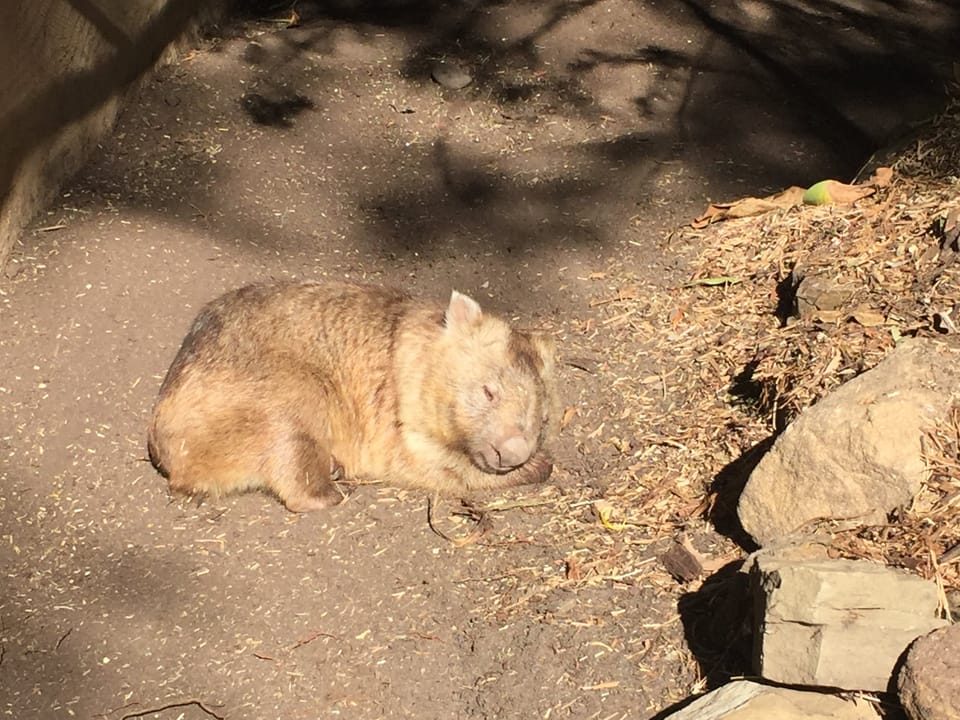
by Sahar Tavakoli
He was sure to die! Patrick has died at age 130 (1). Born in 1986, somewhere in the central highlands of Victoria, Australia, the wombat shuffled backwards to his final rest on April 18, 2017.
The oldest wombat to have ever lived in captivity at time of death, Patrick’s entrance to Ballarat Wildlife Park was scripted in tragedy. Untimely ripp’d from his mother’s caudally-oriented pouch after her death on the road, or else when her death was certain, Patrick came into the wildlife shelter in a welter of violence, his life gambled and—thankfully—saved.
Healed, Patrick was legally required to return to the wild but wouldn’t have it. He made his way back to shelter grounds four times. On the fourth he came with papers: A legal exemption permitting him to stay. Having fought so hard to live at the shelter it is perhaps unsurprising that he was in no great rush to leave.
A number of writers have attempted to capture the wombat. Ruth Park, in opening The Muddle Headed Wombat (1963), writes that “a wombat is a square animal with hair like a door-mat, and stumpy legs, and no tail to speak of. He has brown eyes and a comfortable, leathery flat nose like a koala” (2). In her Diary of a Wombat (2002), Jackie French writes, “A wombat is an Australian animal that looks a little like a bear, but smaller” (3). Fine. But why place the wombat in différance to the koala or the bear (4) when it is clearly a creature sans pareil?
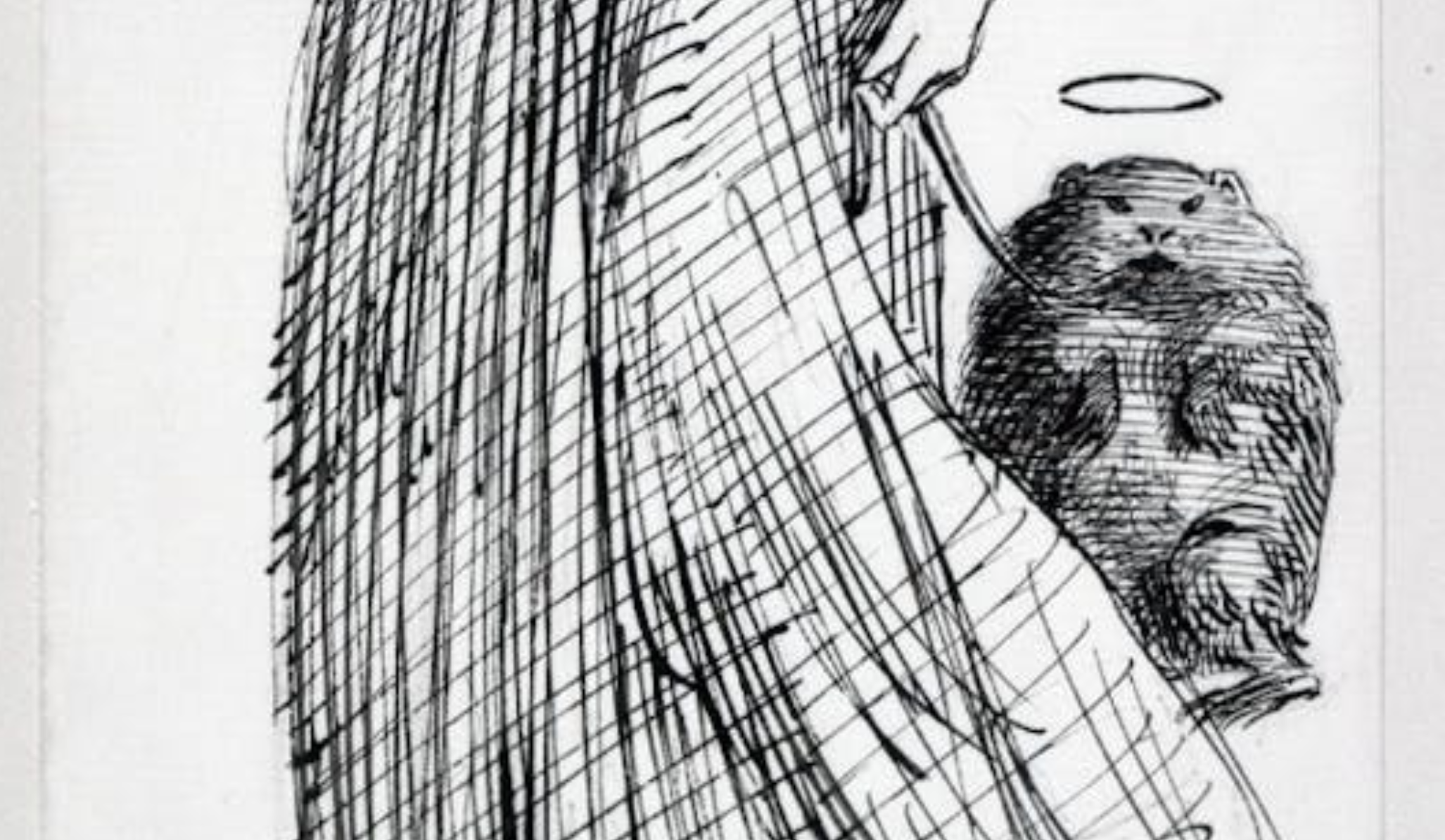
Possibly the truest definition of the wombat comes from pre-Raphaelite poet, painter, and translator, Dante Gabriel Rossetti. ‘Possibly’ not because it’s contestable, but because we only know his words via Victorian telephone. Rossetti said it to Valentine Cameron Princep who told Edward Coley Burne-Jones who told Georgiana Burne-Jones, who finally set it to paper: “Wombats are the most delightful of God’s creatures” (5).
A Vombatus ursinus by binomial nomenclature, Patrick was a Common Wombat by vernacular name. It was not a name that suited him or any of his kin. He was bronze medal winner of Greatest City Mascots Around the World. News of his death would be printed in Australian, U.S., U.K., French, and Italian newspapers. He was active on both Facebook and Tinder, though with more success on the former than the latter. He was, as Vanity Fair Italia put it, “il wombat più famoso e più social del mondo.” When he passed into the heavenly sphere, it was with his virtue intact. He also had a hardened butt and pooped cubes, traits that were not unique to Patrick but, rather, typical across all species and subspecies in the Vombatus genus.
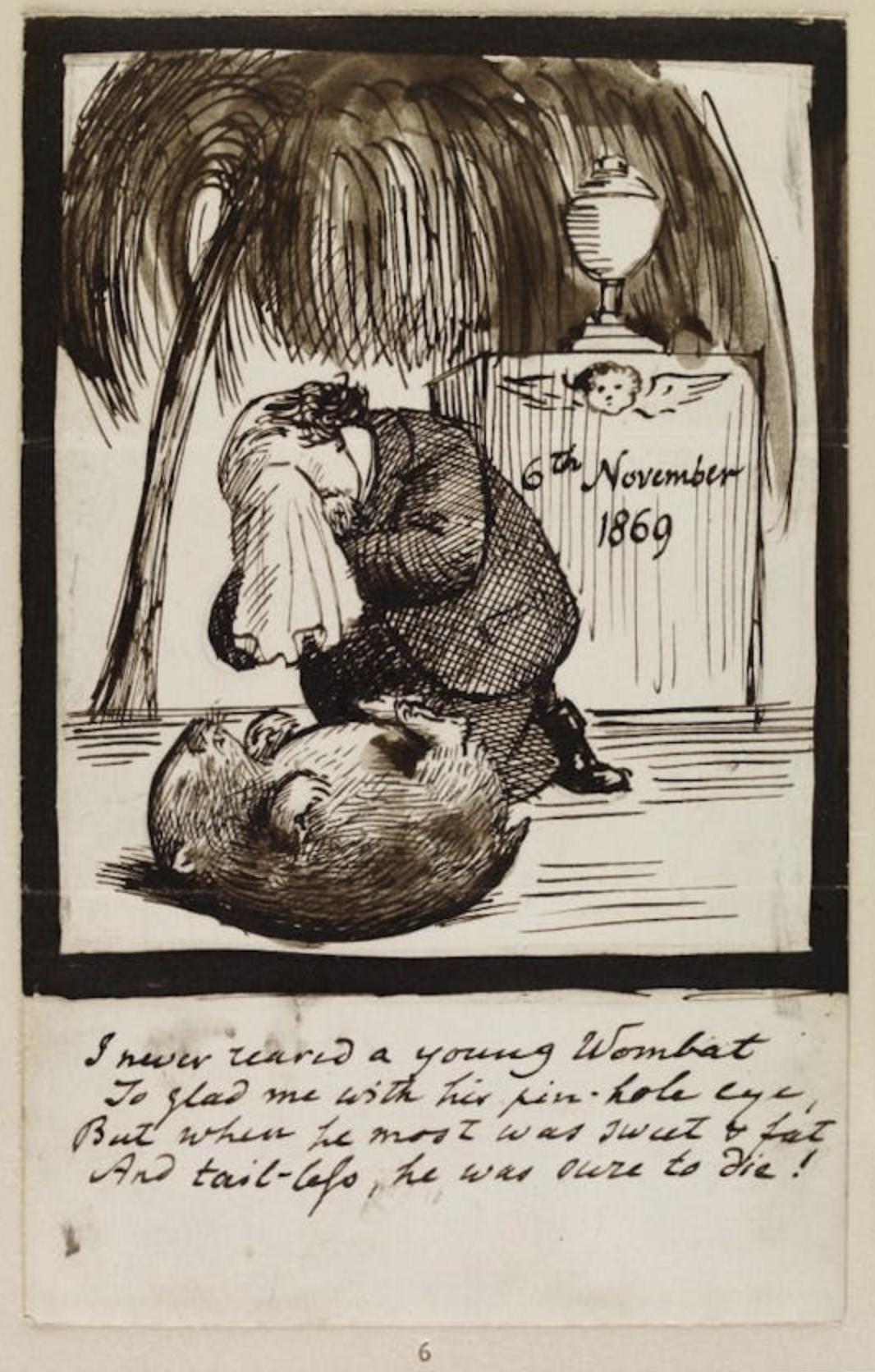
In late September of 1869, after years of negotiation with animal dealer Charles Jamrach, Rossetti acquired a wombat. The wombat, Topsy, was meant to share Rossetti’s Chelsea home with his wife, Elizabeth, and a menagerie of other animals including “a white mouse with her brood,” a “marmot or woodchuck” and two “laughing jackasses,” or kookaburras (6).
Topsy did not thrive in captivity as Patrick would. The poor little loaf died in early November of the same year. Rossetti was gutted (7). He drew images of Topsy with halo over its head, and of himself, slumped in grief, crying into an oversized handkerchief before the body of a companionship that never had the chance to bloom. Beneath this self-portrait Rossetti penned a verse, adapted from Thomas Moore’s Lallah Rookh, in tribute:
I never reared a young wombat
To glad me with his pin-hole eye
But when he most was sweet and fat
And tail-less, he was sure to die!
Patrick, sweet, fat, and tail-less, is survived by the Wombat from Marcia Vaugn’s Wombat Stew and by Wain, AKA ‘Mr Wine’, who, at 147 wombat years of age and counting, usurped Patrick’s world’s oldest title in 2021.
(1) Wombat years. Equivalent to 31 human years.
(2) Park, R., 1990. The Muddle-headed Wombat. Angus & Robertson Childrens, Sydney. p. 1.
(3) French, J., 2009. Diary of a Wombat, Reprint edition. ed. Clarion Books, New York. p. 1.
(4) Two creatures which should not be conflated. For further explanation, see: Spencer, Don. 1986. Please Don’t Call Me a Koala Bear in Feathers, Fur, or Fins. Ultimo: ABC Kids.
(5) Burne-Jones, L.G., 1904. Memorials of Edward Burne-Jones. Macmillan. p. 164.
(6) Rossetti, D.G., 1895. Dante Gabriel Rossetti. Roberts brothers. p. 251.
(7) So too was Topsy, though in a more literal sense. Rossetti had Topsy stuffed for display.
Special thanks to Angus Trumble at The Public Domain Review for his excellent curation of open source Pre-Raphaelite wombat imagery, heavily borrowed from here:
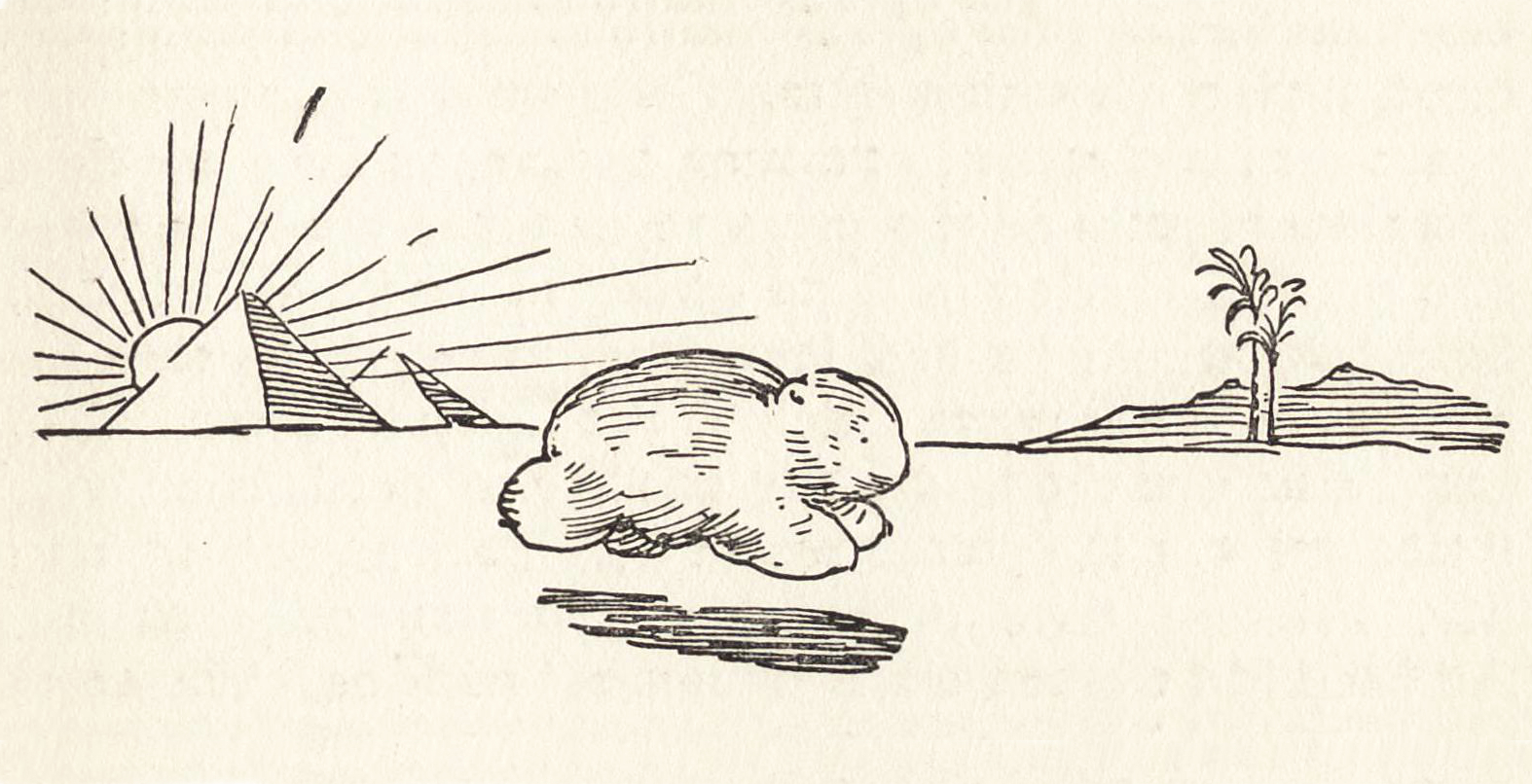


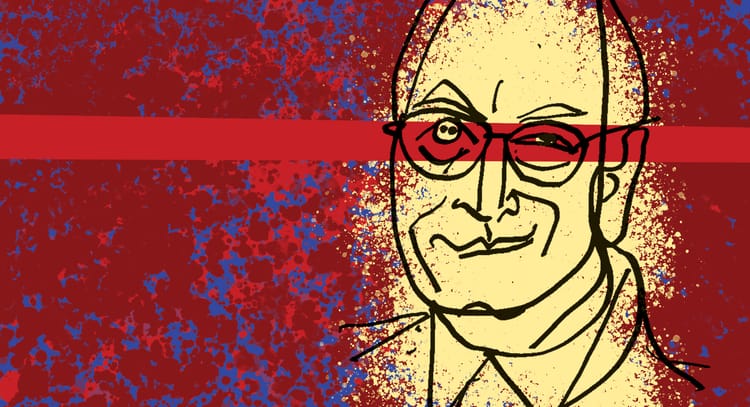
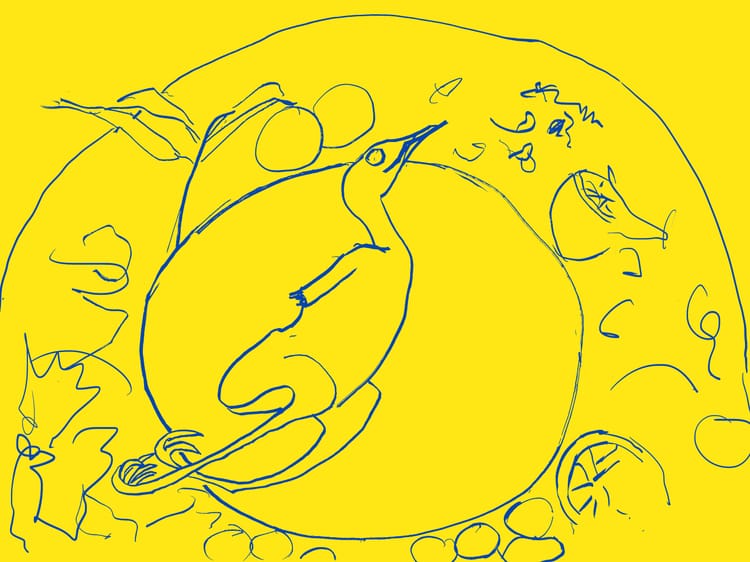
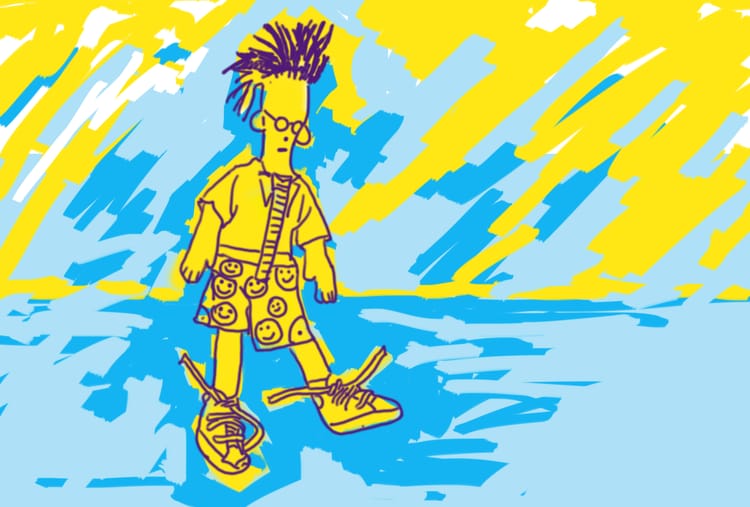
Comments ()